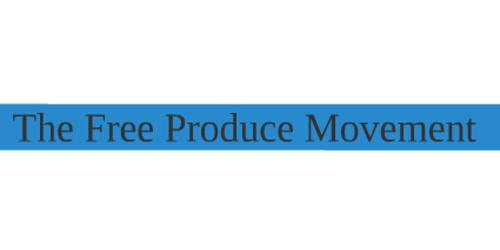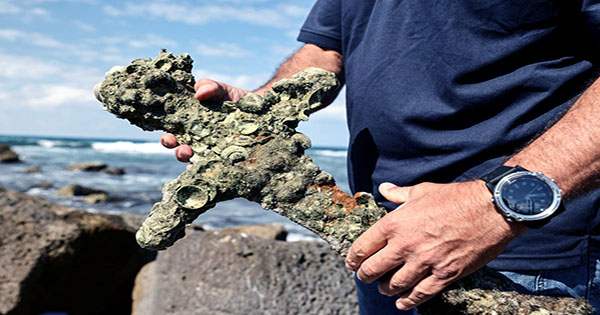The “free produce” movement was a boycott of any goods produced with slave labor. The free-produce movement was an international boycott of goods produced by slave labor. It was seen as a way of fighting slavery by having consumers buy only produce from non-slave labor. It was used by the abolitionist movement as a non-violent way for individuals, including the disenfranchised, to fight slavery. The movement was active in North America from the beginning of the abolitionist movement of the 1790s to the end of slavery in the 1860s. According to Quakers in the World, “The “free produce” movement was a boycott of any goods produced with slave labor. It was seen as a way of fighting slavery by having consumers buy only produce from non-slave labor.
In this context, free signifies “not enslaved” (i.e. “having the legal and political rights of a citizen”). It does not mean “without cost”. Similarly, “produce” does not mean just fruits and vegetables, but a wide variety of products made by slaves, including clothing, dry goods, shoes, soaps, ice cream, and candy. The idea that buying products like sugar supported the institution of slavery was already well established when the Free Produce Movement began in the United States in the 1840s.
The movement was active in North America from the beginning of the abolitionist movement of the 1790s to the end of slavery in the 1860s. In 1826 in Baltimore, Maryland, Benjamin Lundy opened the first “free produce” store that only sold goods that had been produced by non-slave labor. In 1838 several such groups came together to form the American Free Produce Society, which developed the idea further as it aimed beyond boycotts and early forms of conscious consumerism, by creating several pamphlets, tracts, and the journal Non-Slaveholder.
In the United States, the movement also started within the Quaker Society of Friends, and many of those who were most deeply involved were themselves Quakers. Cincinnati 1847, Levi Coffin established a warehouse selling goods not produced by slave labor. For a time the business prospered but was eventually forced to close. It was difficult for abolitionists to ascertain which goods were wholly produced by free labor. While the boycott itself did not succeed in toppling slavery, Free Produce did have a noticeable effect on supply and demand as a result of its own world-building efforts. Between 1850 and 1857, for example, maple sugar production in Northeastern states doubled, and there were new efforts to produce sorghum molasses and grow rice and cotton in non-slaveholding states as well.
















